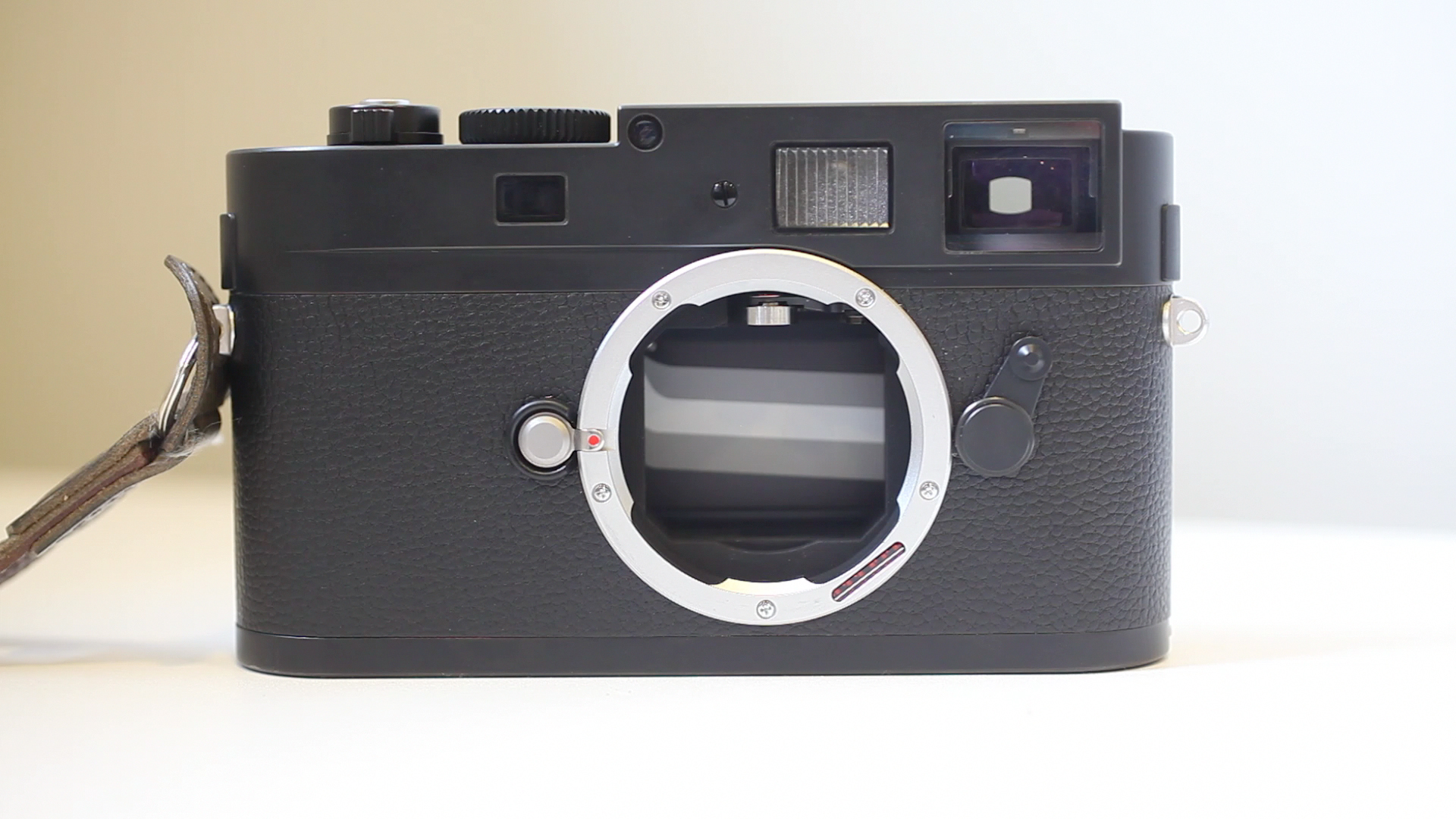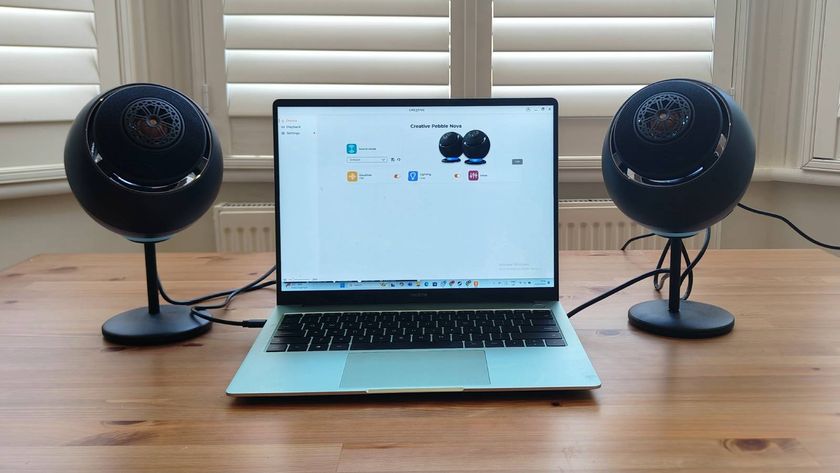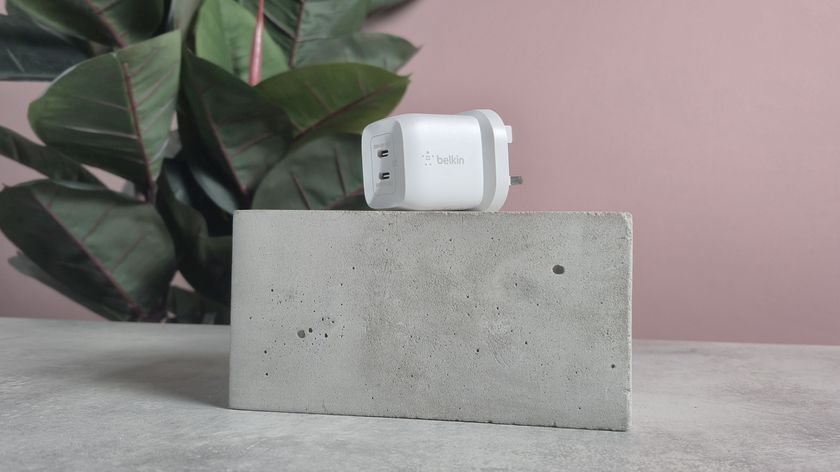Why you can trust TechRadar

Click here to view the full resolution image
A combination of nice-looking noise and Leica's fast fixed lenses makes shooting at night easy. At ISO 1600, the camera offered 1/250sec for this scene.
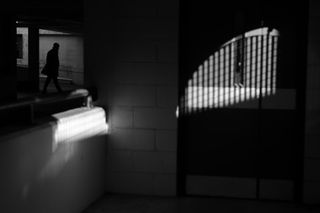
Click here to view the full resolution image
Although tones tend to be bunched at the lower end there's still enough separation to describe shadow details, and raw files are packed with information just waiting to be used.

Click here to view the full resolution image
Once you're used to the rangefinder system, focusing is fast and smooth. We were able to use wide apertures and still maintain sharp subjects, so long as they weren't actually moving.
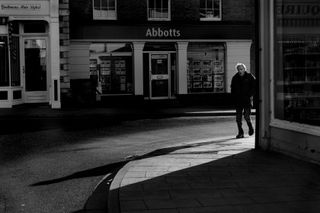
Click here to view the full resolution image
We had to use exposure compensation quite a lot, not just to adjust the brightness of subjects, but to ensure bright highlights weren't burning out.
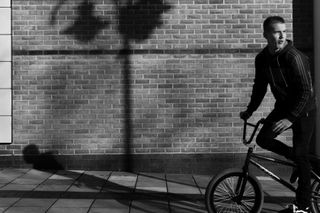
Click here to view the full resolution image
The dipped lower curve of the Monochrom's tonal range work nicely to emphasise shadows.
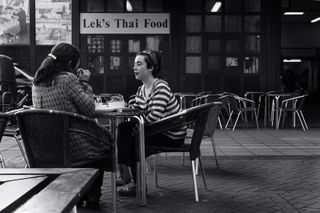
Click here to view the full resolution image
Being a matt black and not especially large, the Monochrom is good for working discretely and for getting close to your subject.
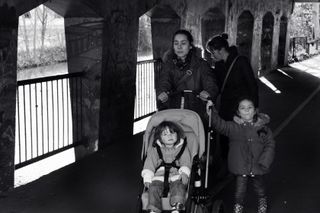
Click to view the full resolution image
Working with backlit subjects emerging from a dark area, we discovered that mid tones can be rendered a little flat and grey, as all the contrast is concentrated on the extreme tones.

The tonal resolution of the sensor produces images that have very fine graduation from one brightness level to the next. This gives the pictures a wonderful three-dimensional feel, even when they've been through a brightening or darkening process.
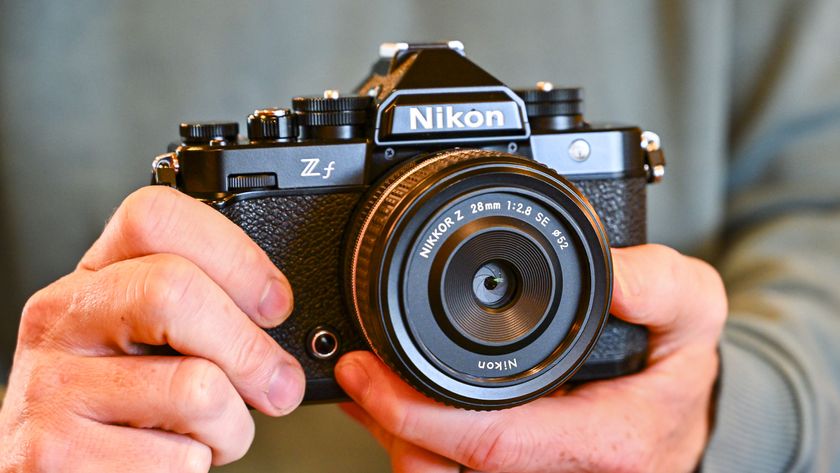
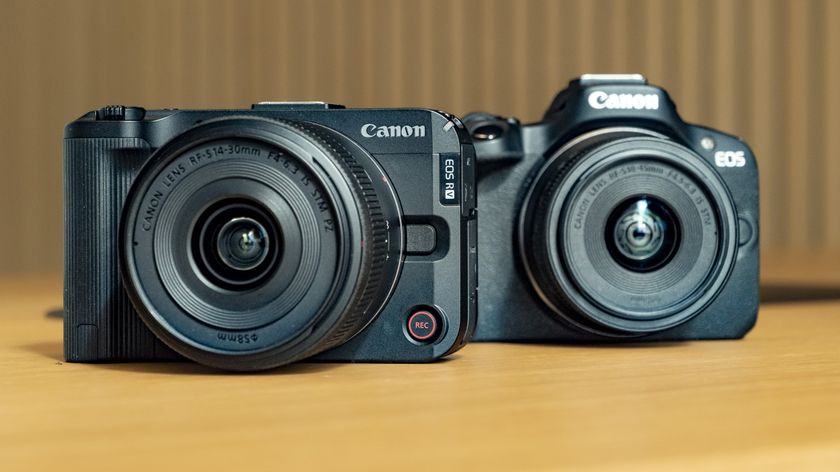
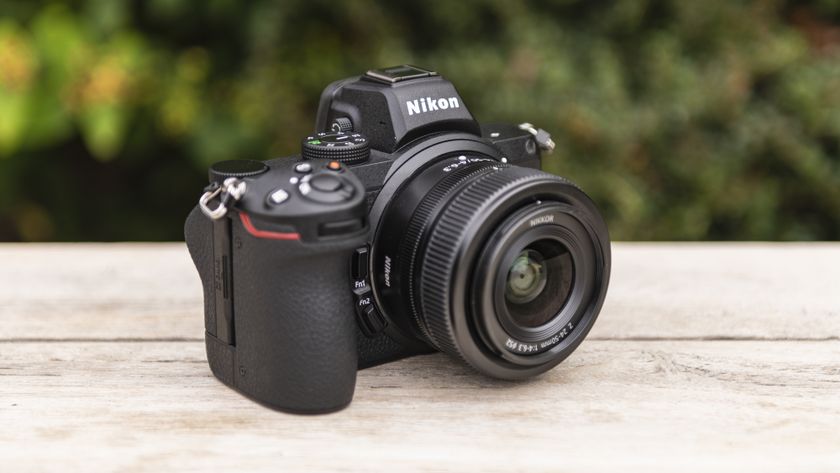
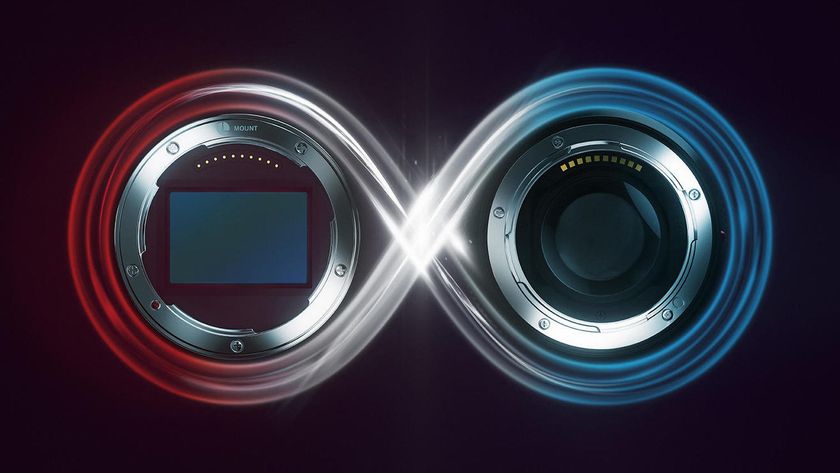
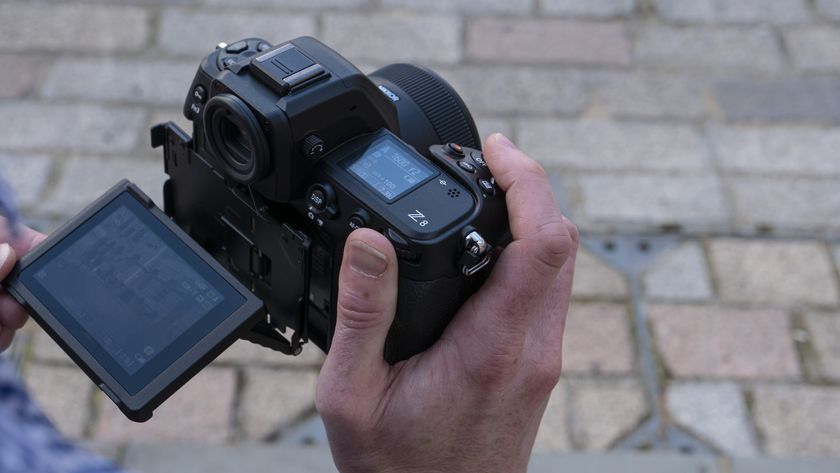
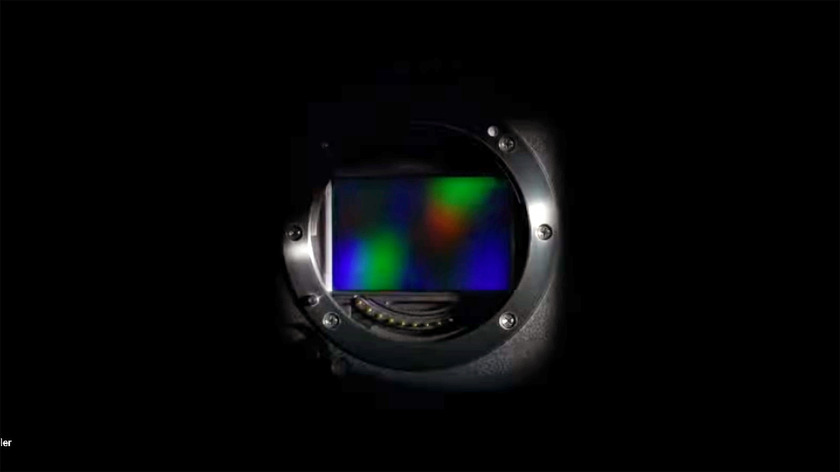
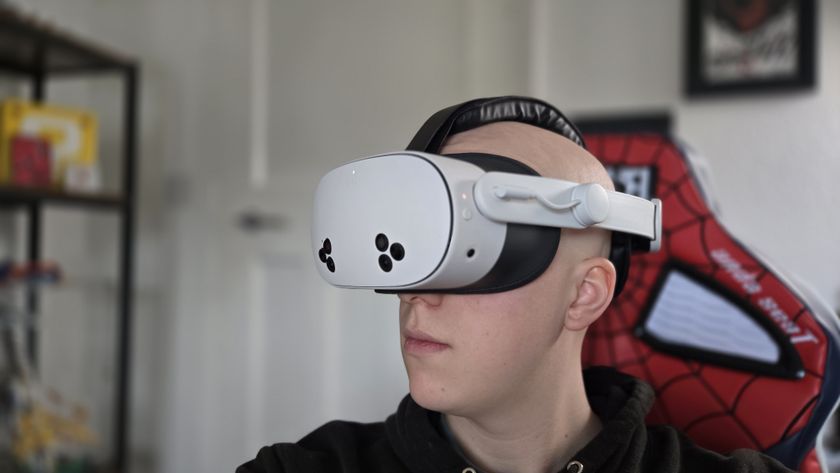
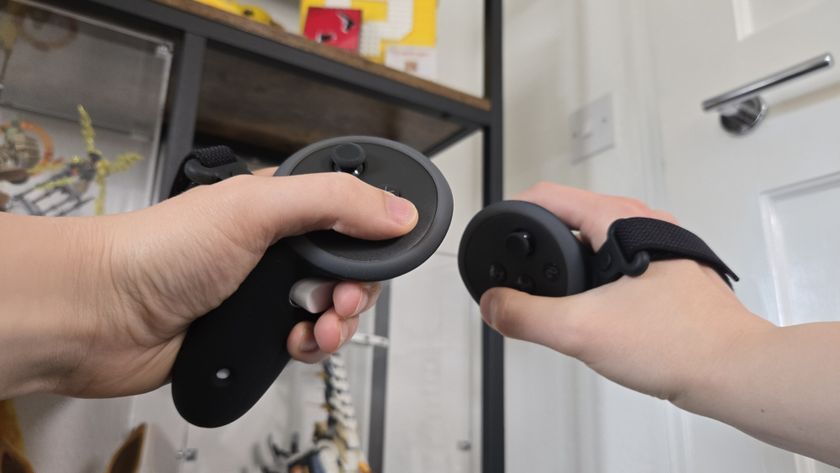
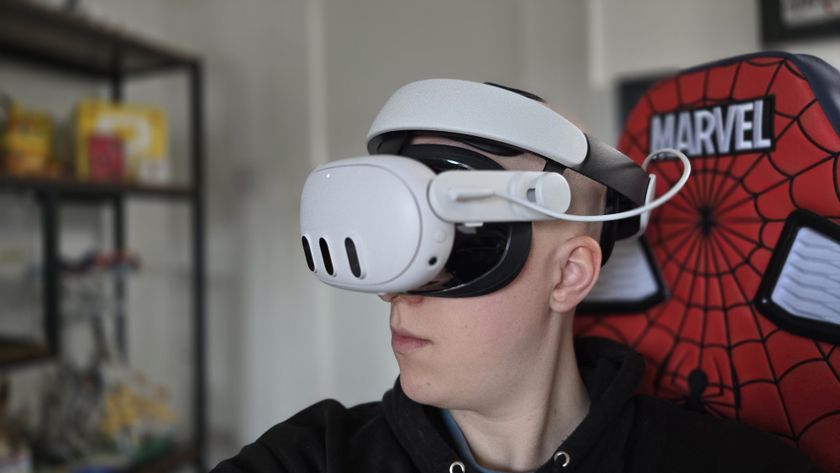
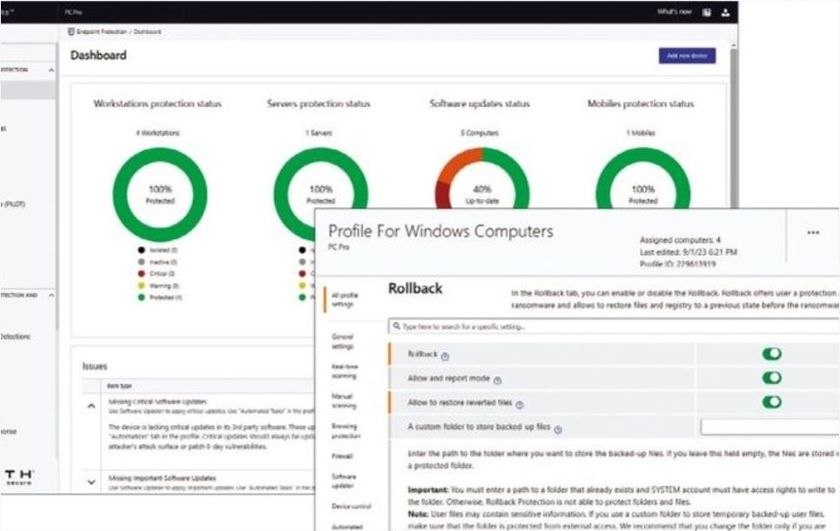
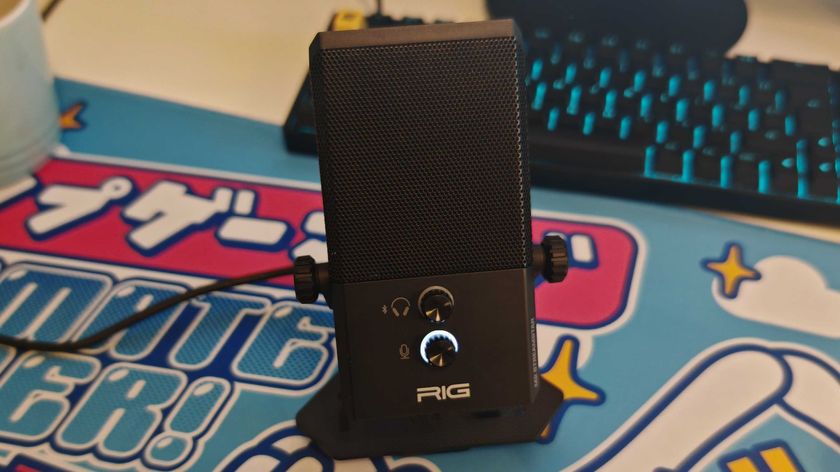
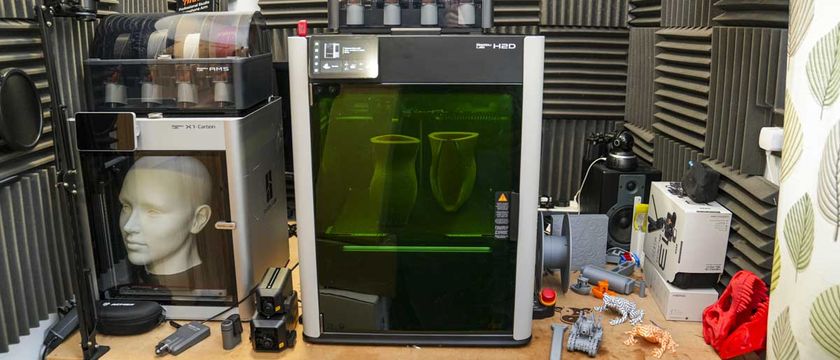

iPhone 17 Pro tipped to get 8K video recording – but I want these 3 video features instead
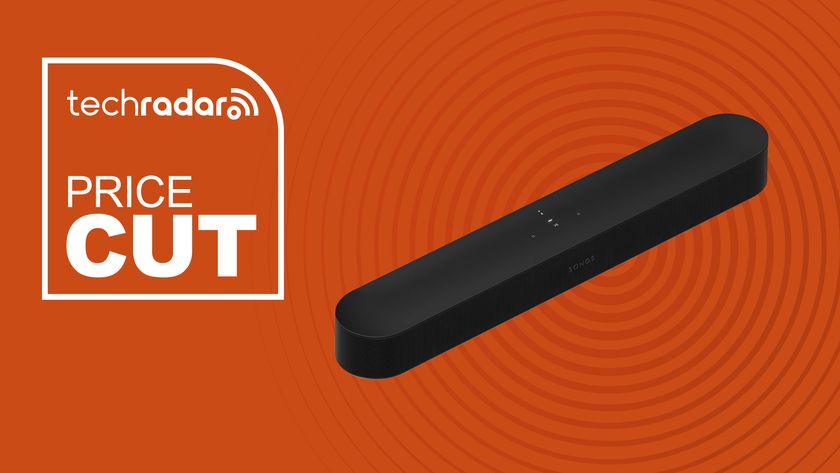
Some of my favorite Sonos speakers and soundbars are a great deal in the Amazon Spring Sale

Is CoreWeave another WeWork? Blogger who caused Nvidia market capitalization to drop by $600 billion in a day thinks so
